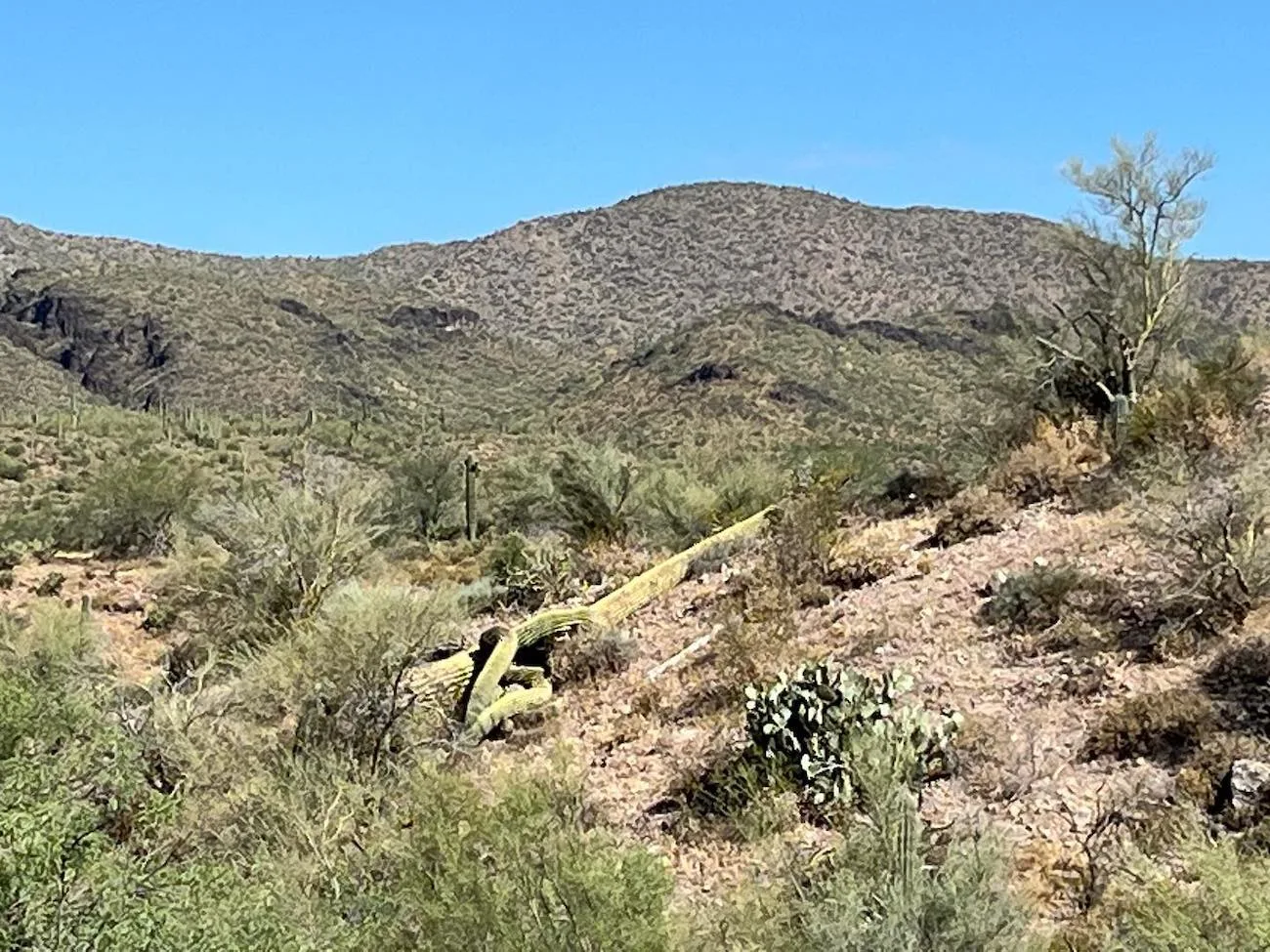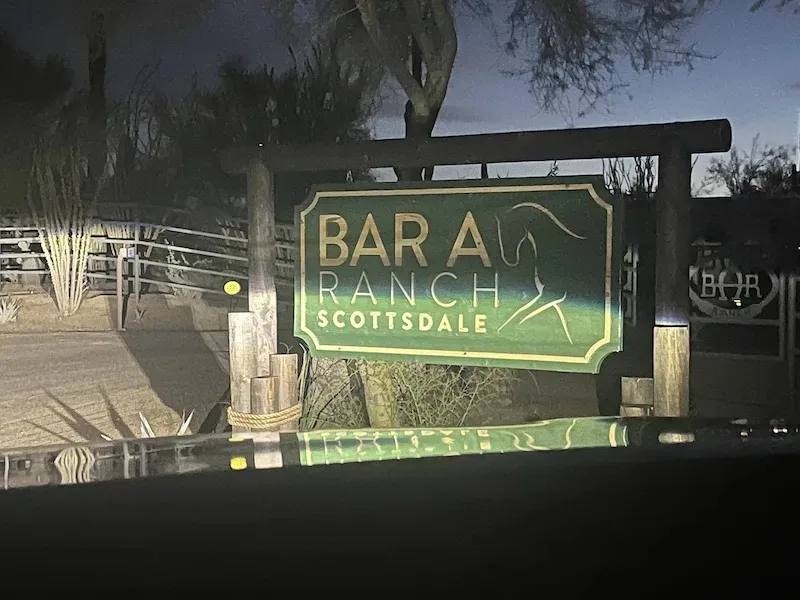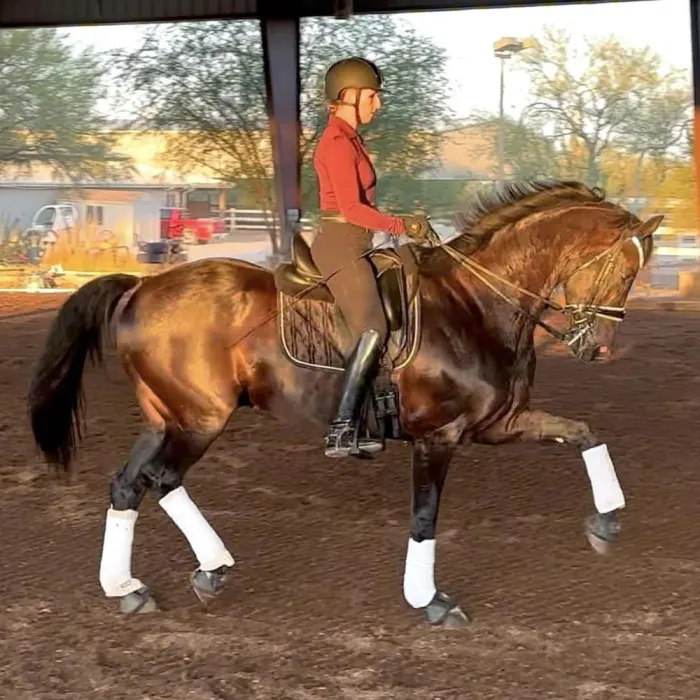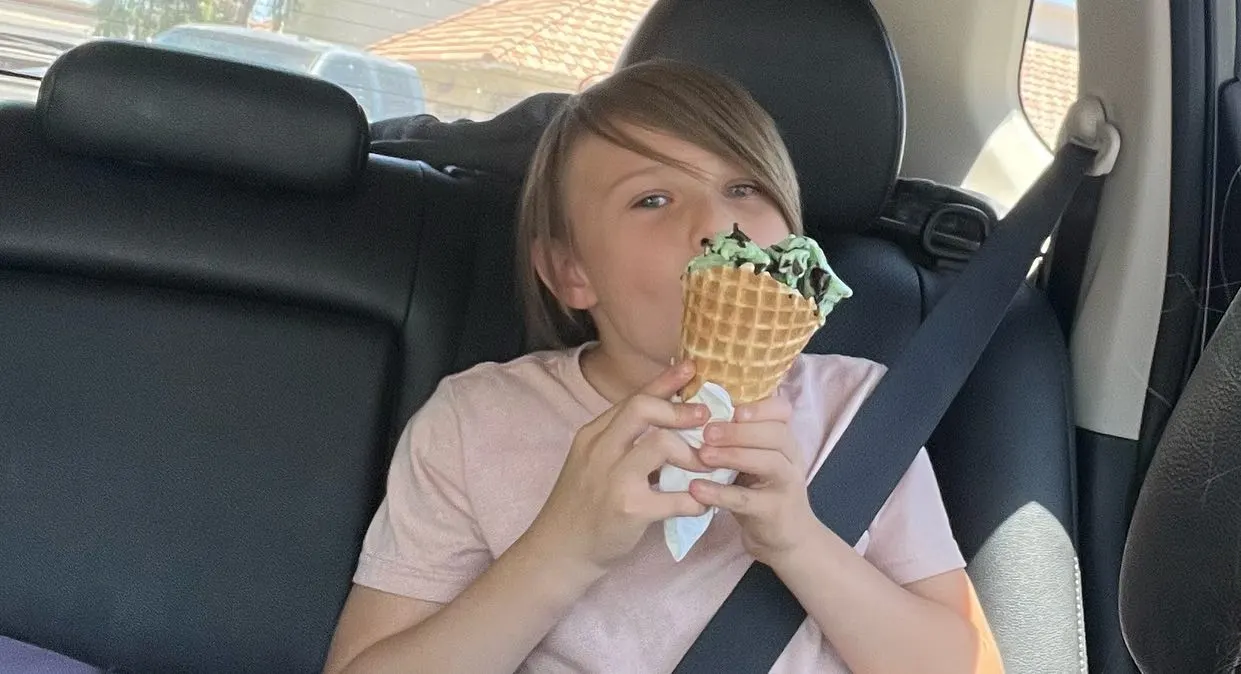Here in Phoenix, we just finished a record-setting July. It was the all-time hottest month ever, with an average daily temperature of 102.7º. (The previous record was set in August 2020, with an average daily temperature of 99.1º.) We also set records for the most consecutive days hitting 110º or higher (31), the most days above 115º (17—the previous record was six), and the most days that never dropped below 90º (19).
We’re used to extreme heat here, but this was extreme even for us! And yet, we’ve got a thriving equestrian community that carries on. It carries on even when it’s so hot that people are getting third-degree burns from pavement, the water coming out of a garden hose is hot enough to scald you, and when experts are warning people not to go outside unless it’s absolutely necessary. We’re still riding and working outdoors.
How do we do it? The same way that you crazy people who live in northern cities do when the temperatures refuses to climb out of single digits for weeks at a time in the winter: We keep our goals modest, we adjust, and we put the health of the horses first.

First, let me explain what a typical summer in Phoenix is like, and why this year was so different.
Normally, May and June are what we consider to be somewhat tolerable. Even though our daytime temperatures are high in June—normally in the triple digits pretty much every day, pushing up around 115º some days—it does still cool off a little at night to the mid- to high 70s, which gives the horses a break. May and June also usually have exceptionally low humidity (less than 10%), so when the horses sweat, it dries very quickly, which helps cool them.
In July, the temperatures usually stay closer to 110º or below, but the humidity starts to increase because we get our monsoon storms—it can get up to 70-80% during a storm, and maybe 40-60% the day after. Now, when I say it’s “humid,” I mean by Arizona standards. We think 20% humidity is a lot, which is definitely laughable for the bulk of the country. But the increased humidity is what keeps our overnight lows so high. That’s where we get into the insufferable part of our summer, when our overnight lows will sit in the high 80s or low 90s.
This year, June was particularly nice. At our barn in north Scottsdale, many days didn’t make it over 100 degrees, which is super rare for us. We all kind of joked and said we’re probably going to pay for this really nice June. Sure enough, July 1 hit, and it was like, “And there it is!”
ADVERTISEMENT
What made this so unusual was that it was relentless. It’s hard to overstate how brutal it is for the thermometer to top 110º every single day—even getting up to 117º or 118º some days. Our overnight temperatures have been in the 90s; I think that’s been the hardest part. The heat of the day is one thing, but with the overnight lows still being so high, I really worry about the horses at that point. We have a lot of nights that are like that in a typical summer but not a month of nights that are like that. The horses never get a break.

While this past month has definitely been more heat than we’re used to, at the end of the day, hot is hot. Another 5 to 10 degrees past 110 is still just hot. And we do know how to handle “hot” here in Phoenix. So while we definitely made adjustments when it came to the horses, it wasn’t dramatically different than what we typically do.
I should add here that we do have a covered arena at my facility, which makes all the difference. Ours is attached to our barn and is set up so that it goes east-west lengthwise. The barn is on the east side of the arena and blocks the morning sun, and then we have mirrors on the west side that block the afternoon sun, so we stay pretty well shaded all day long.
Typically I start my day between 5:30 and 6 a.m., and I try to finish by noon or 1 p.m. at the latest. (If I didn’t have access to a covered arena, I wouldn’t ride any later than 9 a.m.) As I get into my summer program, and the heat really starts to kick in, the horses’ workouts also drop down from 45 to 30 minutes. We hose off some horses before we ride, just to get them cooler to start. I’ve had some horses that I sponge off during the ride as well, although once it gets humid that’s less effective.
I always tell people, once we get into our hotter months, we’re in a maintenance mode; we’re not in “move up a level” mode with the horses at that point. That said, we do find summertime in Arizona is a great time to put a flying change on a hot horse or start young horses—the heat means there’s a little less energy!
In the summer, I typically only work my horses two days in a row, so they’ll have two days on and then a day off, then two days on and a day or two off. I typically only work them four days a week; if there’s a fifth day, it’s a very light ride or a trail ride. We also have to take into account the air quality, because we get dust storms here that leave a lot of dust in the air. So when the air quality isn’t great, that’s going to be a trail riding day.

One thing I have changed this year is adding two fans at our wash rack, so while we’re hosing the horses, we can put air on them at the same time to try to get them to cool off better. Back when we were younger, they used to tell us not to put cold water on a hot horse, but they’re saying that’s OK now, and that the best way to cool them off is actually to hose them until they’re not breathing hard. So that’s one thing we have shifted in recent years: I’ll walk them a couple laps around the arena when I’m done, but then I just hand them off to get to the wash rack as soon as they can.
ADVERTISEMENT
I go back and forth about encouraging my clients to do cooling methods for themselves during a ride. Obviously I want to keep everybody safe, and we don’t want anybody having heatstroke. But if, as a rider, you’ve gotten so hot during a ride that it’s not comfortable for you, your horse is feeling it too, and it’s probably time to call it a day and take the horse back to the barn.

You’ll notice that I don’t mention showing as part of my summer program, and that’s because I typically don’t. Sometimes if someone is chasing a score they need to qualify for regionals or Festival Of Champions, we might try to go to a show in California, but the transport gets complicated because we have to basically cross the desert at night. Even though it would be really nice to be at a show in San Diego this weekend—being by the beach with an ocean breeze would be a nice relief for the horses and us as well—the juice isn’t worth the squeeze to drag the horses across the desert to get there right now. The forced downtime in the summers does put us at a pretty strong disadvantage compared to the folks on the East Coast in getting ready for championships, though.
If you’re wondering if I ever think of leaving Arizona in the summer, I do—all the time! Every year I think, “Why didn’t I book an Airbnb in Flagstaff and find a place to take all the horses up north?!” There may come a day where my group of clients have the means and ability work-wise to go someplace cooler. My dream would be to be able to head up to Flagstaff for the summer—it’s two hours north of Phoenix; it’s at 7,000 feet elevation in beautiful pine forests, and it’s way more tolerable.
We pay our dues by struggling through the summer, and then we get our beautiful winter months, when most of the country is dealing with wind chill and snow. The heat is manageable when we keep in mind that we have a really good chunk of the year that is absolutely glorious to ride here in Arizona, and these summers are the tradeoff for it.
Cyndi Jackson is a Grand Prix rider and trainer based in Glendale, Arizona, who runs ultramarathons in her spare time. She has earned her USDF bronze, silver and gold medals and is an “L” program graduate with distinction.














